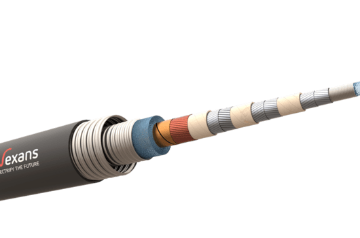-
Markets
- Markets
- Power generation & transmission
- Power distribution & grids
- Building & power usages
-
Industry & Solutions
- Overview
- Aerospace & Defense
- Industrial
- Automation & Industrial Robotics
- Automotive Manufacturing Welding Cables
- Healthcare
- Infrastructure Cables
- Surface Mining
- Nuclear Power Plants
- Oil & Gas Downstream Operations
- Oil and Gas Offshore Upstream
- Upstream Land Operations
- Railway Networks Urban Mass Transit
- High Speed Railway Networks
- Rolling Stock
- Shipbuilding
- Ship to Shore THOF Cables & Assemblies
- Specialty Utility
- Variable Frequency Drive Cables
- Products
- About Nexans USA
- Newsroom
- Energy Forward
- Search
- Contact us
- Compare
- Sign in
What is superconductivity?

Superconductivity is the loss of electrical resistance which takes place in some materials when they are cooled to an extremely low temperature. This phenomenon – discovered in 1911 – has major implications for the way electricity is transmitted and distributed. By incorporating superconducting wires or tapes into cables, it is possible to create near-perfect electrical conductors.
Superconducting cables for electricity transmission are manufactured using materials known as High-Temperature Superconducting cables (HTS). The word "high" in this context is relative to absolute zero. Despite their name, High Temperature Superconductors need to be kept extremely cold (minus 200 degrees centigrade). Cooling is achieved using a cryogenic envelope - a thermally-insulated jacket that surrounds the cable. The coolant used is liquid nitrogen. This is relatively inexpensive, easy to manage and harmless to the environment.
Interview with Jacques Lewiner
Interview with Jacques Lewiner
How superconductors have an essential role to play in addressing network resiliency and current carrying capacity increase in congested areas?
Our websites
Select your country to find our products and solutions
-
Africa
- Africa
- Ghana
- Ivory Coast
- Morocco
- North West Africa
- Americas
- Asia
- Europe
- Oceania

